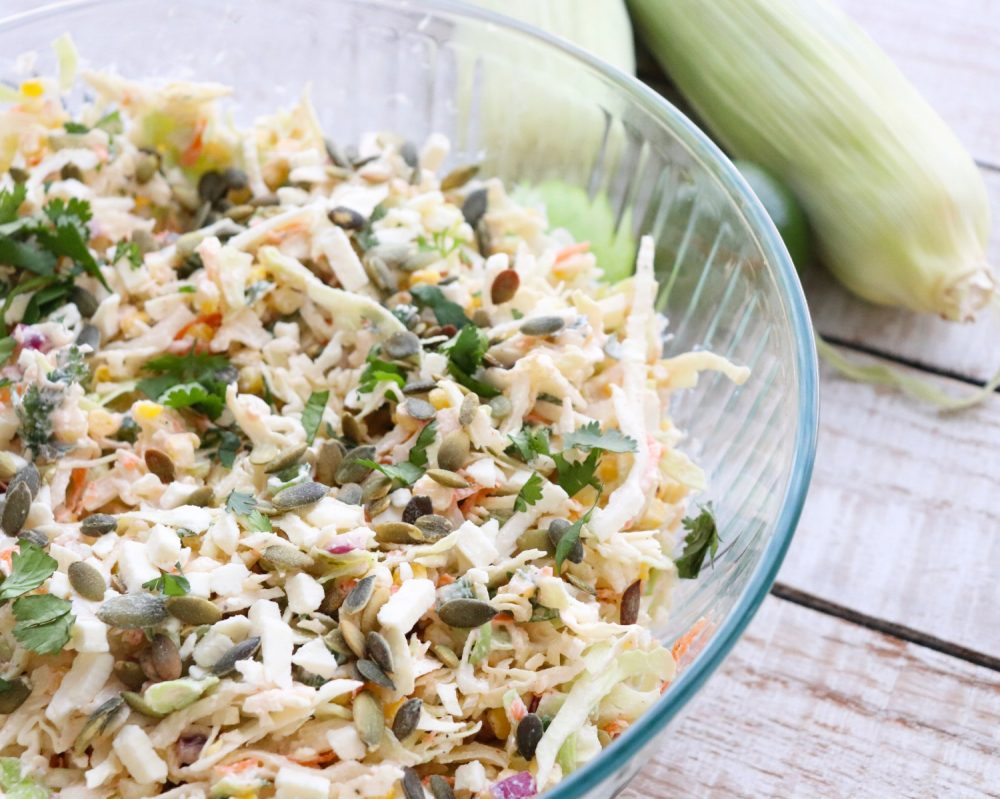We often think of summertime as being the peak season for fresh produce – when fresh fruit and vegetables are ripe and plentiful, taste the best and cost the least. But fortunately for us, there are many fruits and vegetables in season during the winter months too!
The American Institute for Cancer Research (AICR) recommends eating at least 3.5 to 5 cups of fruits and vegetables daily. That, along with an overall healthy eating pattern, has been linked to weight control and a lower risk of several types of cancer, including breast cancer. Let’s look at what is in season during the winter months!
Fruits:
January is the month for citrus! Lemons, limes, oranges, mandarin oranges, tangerines, clementines, and grapefruit are abundant during the winter months and are full of immune-boosting vitamin C. This vitamin helps strengthen the immune system by stimulating the production and function of white blood cells.
Enjoy citrus fruits as a snack or dessert. You can also top a green salad or hearty grain salad with sections of oranges or grapefruit. During the Chinese New Year, oranges, specifically mandarin oranges, represent luck, prosperity, and long life.
Kumquats and pomelos (a precursor of grapefruit, sweeter with a thicker peel) are also harvested throughout the winter season. Other in-season winter fruits include kiwis, pears, and persimmons. (Tip: An easy way to prepare kiwi is to cut them in half and scoop the flesh out with a spoon).
Recipes to try:
Orange Ginger Green Tea Smoothie
Vegetables:
Winter vegetables are hearty and full of flavor. They can be roasted, tossed into soups or added to warm winter salads.
Choose brassicas for fresh, in-season green vegetables – these cruciferous vegetables include cabbage, collards, kale, kohlrabi, broccoli, brussels sprouts and cauliflower. High in antioxidant vitamins A and C, the leafy green’s flavor is sweetest during the winter, after a frost. The antioxidants in these vegetables help boost the body’s natural defenses. Strong defenses can help stop free radicals from damaging DNA that can lead to cancer. Collard greens are even good luck for the new year. Supposedly, the more greens you eat, the more fortune you will have!
Winter squashes, such as butternut squash and acorn squash, are two other wintertime favorites. Try roasting them with warm spices like cinnamon and nutmeg or dicing them up in soups and stews.
Hearty root vegetables like potatoes, sweet potatoes (also called yams), turnips, rutabagas, and carrots are readily available all winter long. These nutrient-packed vegetables are perfect for a wide variety of warm dishes and can be mashed, roasted, sautéed, baked, and more. Onions, shallots, and leeks are often harvested during the late fall and stay fresh throughout winter too.
Recipes to try:
Curried Butternut Squash and Apple Soup
Pecan Pie Glazed Sweet Potatoes and Brussels Sprouts
Forge is delighted to partner with Laura Rutledge, MA, RDN, CSO, a Registered Dietician Nutritionist who focuses on oncology nutrition for Cooking with Laura focuses on nutrition during and after cancer diagnosis and treatment. For more information and recipes from Laura check out Nourishing Plate. All images courtesy of Nourishing Plate.
